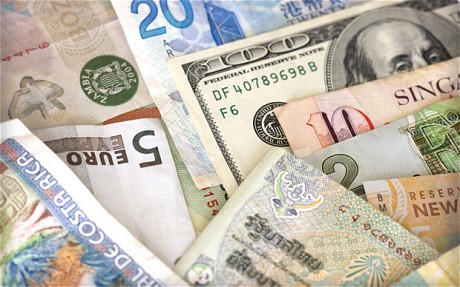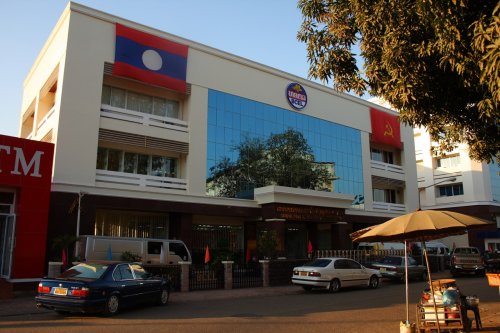Cabinet Pushes For Effective Management Of Exchange Rates
Source: Vientiane Times
The cabinet has named the management of currency exchange as one of its top priorities in the coming months, as the gap between the official and market exchange rates widens.
According to a media release issued at the end of the cabinet’s monthly meeting on August 19, the government stressed the need for the Bank of the Lao PDR and relevant sectors to tighten the management of currency exchange.
The increasing gap between the official and market exchange rate is having a negative impact on the price of consumer goods due to the fact that most goods sold in Laos are imported.
Yesterday, BCEL, one of the largest commercial banks in Laos, advertised an exchange rate for the kip and US dollar of 8,756 kip per dollar, while the exchange rate for the kip and Thai baht was 290 kip per baht.
This official bank rate is significantly different to the rates offered on the street. Yesterday, many currency exchange outlets were selling one US dollar for about 9,000 kip, and Thai baht for about 300 kip.
Many people wanting to buy Thai baht so they could go shopping in Thailand said they were finding it difficult to change money at banks, which sell currency at the official rate, because many banks limit the amount of money a person can change.
They said this restriction forced them to change money at smaller currency exchange outlets,which lowers the value of the kip.
The depreciation of the kip against the baht and US dollar is having a huge negative impact on the price of consumer goods in Vientiane, driving prices up.
A vendor at Nongduang market said she had increased the price of her goods by 1 to 5 percent to compensate for the depreciation of the kip against the baht, adding that this was unavoidable because she had to continue to make a profit.
A report from the Lao National Statistics Bureau confirms that the depreciation of the kip has had a negative impact on retail prices.
The July inflation rate indicated that the Consumer Price Index for imported goods saw an increase of 0.17 percent compared to the previous month and an increase of 1.49 percent compared to the same period last year.
Economists say one of the best measures to counter the effects of depreciation is to boost domestic productivity. More Lao-made goods on sale in local markets would result in a fall in demand for foreign currencies.
With a view to enhancing domestic productivity, the government has set up a committee to study measures that could encourage domestic firms to produce goods for the local market.





